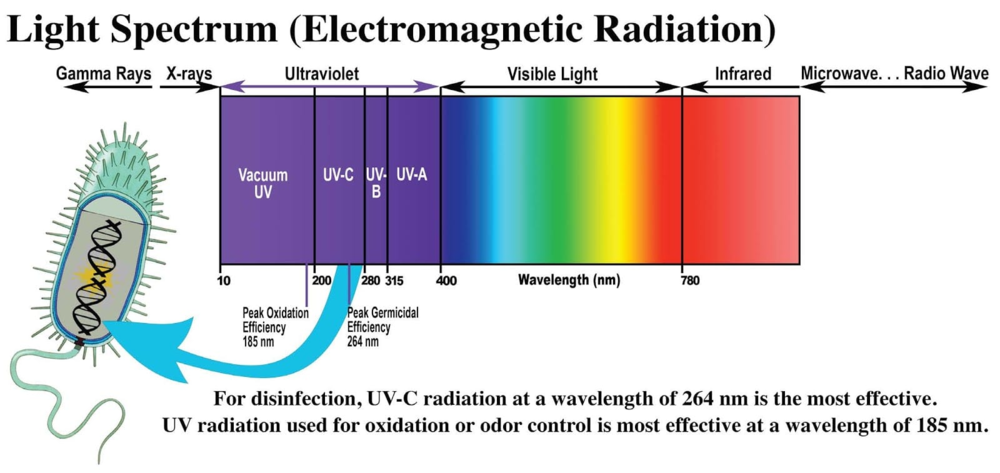— CDC Guideline for Disinfection
Our robots destroy all bacteria and viruses, on surfaces and in air, as the high intensity 254 nm light inactivates pathogens whenever it comes in contact with it.

UV-C light’s exposure to humans is dangerous and at Cardinal Robotics, our sensors and engineering controls along with operator training leaves no room for error. We have a zero exposure to UV-C tolerance policy across all our devices and have spent tremendous resources in building out our solutions to make sure your employees, operators and customers are safe.
UV-C light, unlike chemical disinfectants, does not harm electronics or corrode away metals. EPA led study has shown that most chemical disinfectants over time corrode away electronic materials like hard-disks. Link to study here.
Unlike disinfectants, UV-C light does not harm most materials (beside organic materials). UV-C light also cannot penetrate glass or plastics (these material completely absorb UV-C light). Humans can safely work adjacent to UV-C light if separated by a glass wall.